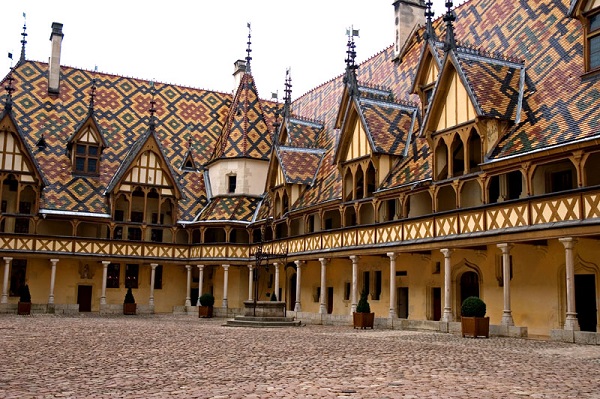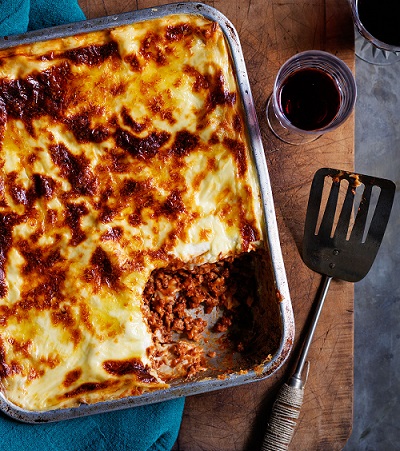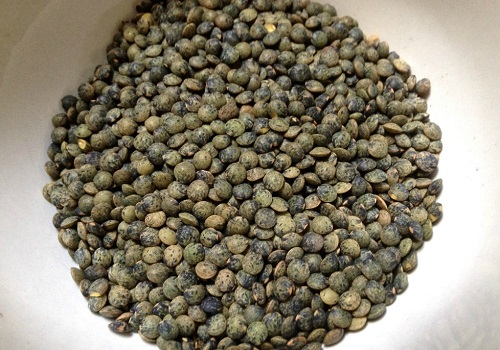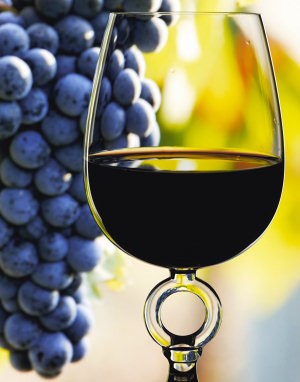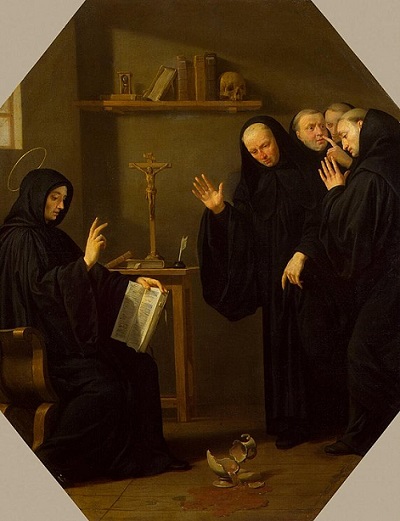Armagnac has the reputation of being as individual and unique as are the people of Gascony. Individual vintners, distillers and éléveurs who age, assemble and offer this golden liquid are, in the main, responsible for its creation. Rather than asking for a particular brand, restaurateurs and sommeliers select a specific vintage from the producers, which they then offer to their guests. This has always been the case with Armagnac.
Although vines were grown in Gascony in the Middle Ages, and wines were being distilled as early as the 15th century, the end product as quite literally a ‘water of life’ that was used for medicinal purposes. As with Cognac, it was the Dutch who, in the 17th century, were responsible for furthering interest in winegrowing. They found that Picpoul, also known as Folle Blanche, thrived in the region between the Garonne and Adour, providing vast quantities of a thin wine that was ideal for distilling. This process reduced the volume to one-sixth of what it had originally been, which in turn led to a considerable reduction in transportation costs. This distillate could be used to preserve wine, and in the manufacture of other beverages. The Dutch supplied their business partners in Gascony with Swedish copper for the stills, which were based on a Charentais design, and the region’s oak forests provided enough wood for fires and barrels. Gascons, however, felt that the standard procedure of distilling twice was both unnecessarily time-consuming and complicated, and so they welcomed the invention of the continuous still, the patent for the alambic armagnacais being granted by Louis XVIII in 1818.
As was the case in so many parts of France, phylloxera put paid to the escalating winegrowing industry 1893. Ugni Blanc, the main Cognac variety, was chosen for replanting. Hybrid Baco A 22 was also a very popular choice and has now earned official recognition, forming the backbone of many blends of Bas-Armagnac. Folle Blanche, which used to be the main variety, is admired and praised for the finesse of its eau de vie, but it turns bad too quickly. While chalky soil is the best for Cognac, Armagnac should be grown on sand, ideally on a clay base, and the best conditions are those in the west of the Bas-Armagnac, where the pale red soil contains iron oxides, the sables fauves. It is then known as “Grand Bas” or “Armagnac Noir”. The eaux de vie are much stronger and also rougher in Tenarèze, where argillaceous limestone prevails.
Only highly acidic wines of 8-9 percent alcohol by volume are suitable for distilling. The aromas, which are initially weak, become extremely concentrated during the distillation process. The grapes are harvested early in order to achieve a high acid content,, as this improves the storage properties of the wine. It is not possible to add sulfur, as this makes the spirits hard and sour, and would impart a pungent, acrid smell. The wines finish fermenting by about the middle of November, and the earlier they are distilled, the more aromatic the results.
The distilling process is carried out in spiral columns, and the basic wines, which flow in continuously, are intially a coolant for the spiral, where the wine spirit condenses. The wine heats up, rises, and flows from the top down through a pipe into the neighboring still. The column apparatus has stacked bubble trays, in which the spirit slowly evaporates. As the liquid rises, it meets the wine that is dripping down, and it continues to absorb aromas until it arrives at the cooling tank which is situated above the condenser, Colourless, 54-60 percent volume, depending on the basic wine and the unit in question, it drips out. This distilling method helps to preserve aromatic impurities, which make the young spirit rough. IN 1972, approval was granted for the reintroduction of the double distillation method used for Cognac, which resulted in significant smoothness being added to young Armagnacs.
As the Armagnac ages, it developed complexity, fullness, finesse, and length, preferably in barrels made from Gascony oak, which give the Armagnac a drier, somewhat more brittle tone.
After a maximum of 18 months, it is decanted into older wood barrels, as otherwise it would absorb too much tanin and develop too strong a colour. The chai, the ground level storage cellar, is extremely important, as the humidity and temperature has a strong influence on the aging process. The fact that the best brandies come from Bas-Armagnac is due in no small part to the proximity to the Atlantic and the resulting humidity. In an old barrel, and in which brandy is left to mature for 20-30 years, a slow oxidation process takes place, which increasingly refines the aromas.
Armagnac can safely be left in barrels of another 10-15 years, but it must them be poured into demijohns or bottles as it will otherwise degenerate. This slow, drawn-out process requires great concentration. On the one hand, the cellarman has to taste the Armagnac regularly to ensure that it is developing satisfactorily. On the other hand, it has to monitor each individual barrel, because an average of 3 percent of the contents (known as the ‘angel’s share’) evaporates but the level in the barrel must not be allowed to fall.
The cellarman also has to other tricky tasks to perform. It he does not want to leave the Armagnac at its natural strength, he has to reduce it carefully and in stages, usually to the prescribed minimum of 40 percent volume. The second task concerns the secret of his art: he adds brandies from other soils, grape varieties, and vintages in order to ensure that the end product has the maximum in harmony and tone, and to give it the house “signature”.
Armagnacs that state the year are popular and highly regarded but they should not be compared to wine, as the distillation and aging processes also blend the differences in the individual vintages. What counts are the years of barrel aging, so the dates of barreling and bottling are important.
Armagnac stops aging when it has been bottled, so a 1964 that was bottled in 1966 will be a simple 3-star, however if it was drawn from the barrel in 1994, it will be a a 45-year-old rarity.
Rankings of Armagnac are:
3 stars – 2 years
V.S.O.P – 5 years
X.O. – 6 years
Hors d’Age – 10 years
Vintage – 15, 21, 30 years


